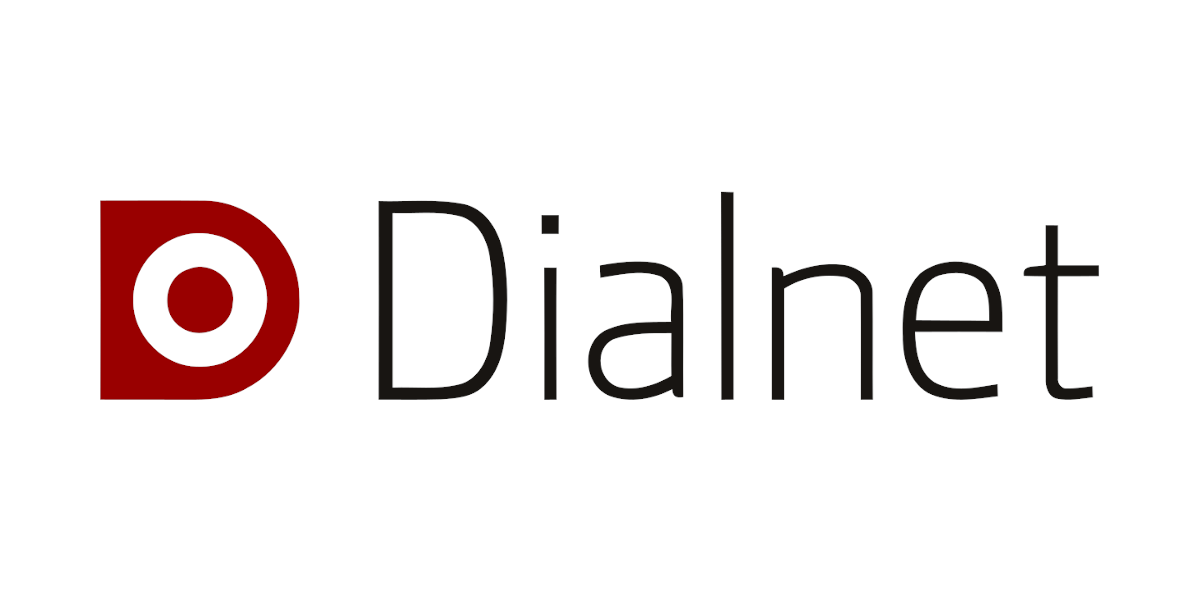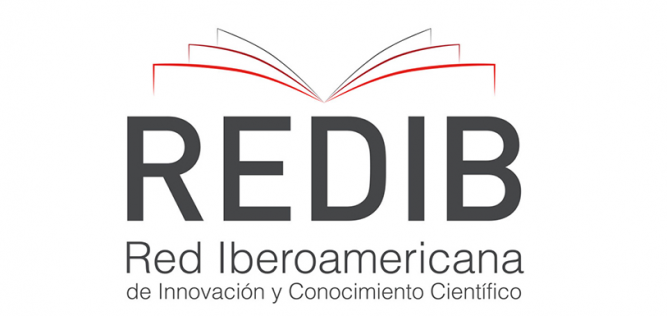Teaching reading and literature in brazilian secondary schools. Controversies, diversity and polyphony
DOI:
https://doi.org/10.21814/rpe.4299Abstract
Based on the goals of universal attendance across the population aged 15 to17 (Goal 3 from the Plano Nacional de Educação - Brazil 2011-2020) and onthe proposal of Law nr. 11.741/2008, which integrates secondary education and professional education, we review the discussion about the curriculum for this stage of primary education, highlighting the teaching of literature in its political dimension. Thus, we revisit the debate around the teaching of canonical and non-canonical works in secondary education curriculum, beginning with the basic features of "minor literature" (Deleuze & Guattari,1977). Our objective is to discuss minor and polyphonic reading practices (Bakhtin, 1997) as a means to promote interactions among the voices of teachers and students and the voices of power of the literary texts, creating a critical stance in the readers.
Keywords
Teaching reading and literature; Secondary schools; Diversity and polyphony
Downloads
Downloads
How to Cite
Issue
Section
License
1. The authors preserve their authorship and grant the Portuguese Journal of Education the right to the first publication. The work is licensed under Creative Commons Attribution License that allows sharing the work with the acknowledgment of initial authorship and publication in this Journal.
2. The authors have the right to take additional contracts separately, for non-exclusive distribution of the published version of their work (e.g. to deposit in an institutional repository or as a book chapter), acknowledging the initial authorship and publication in this Journal.
3. The authors have the permission and are stimulated to post their work online (e.g. in an institutional repository or on their personal website). They can do this at any phase of the editorial process, as it may generate productive changes, as well as increase impact and article citation (see The Open Citation Project).
The work is licensed under Attribution-ShareAlike 4.0 International (CC BY-SA 4.0)



















